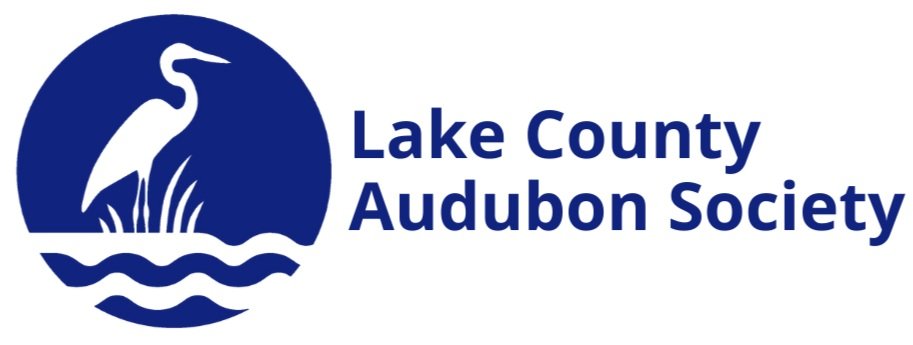
NEWS & UPDATES
American Robin by Matt Tobin
Visiting our Wintering Piping Plover Pepper
by Carolyn Lueck, LCAS board member
In December, 2024, board member and Piping Plover monitor visited Fort Meyers, Florida to check in on Pepper. This is Pepper’s second winter in Florida and volunteers with the Sanibel-Capitva Preservation Foundation (SCCF) and Florida Banded Birds Resighting keep us updated during the nine months he’s on their beaches.
Our Sharing Our Shore-Waukegan program strives to make CONNECTIONS - locally and regionally - as we work to monitor and protect the piping plovers and their habitat and share their story.
Enjoy this travel adventure blog Carolyn put together for Lake County Audubon!
Birding To Help Revitalize Conservation Efforts
Many of our Lake County Audubon board members listened to the NPR 1A podcast ‘Birding to Help Revitalize Conservation Efforts’ today.
Host Jen White brought together a panel to discuss the recently release 2025 State of Birds. The report is a status assessment of the health of the nation’s bird populations, delivered to the American people by scientists from U.S. bird conservation groups. (See the report by clicking HERE).
The data contained in the report is alarming and indicates losses in bird populations are continuing at an accelerating pace for many species. The guests on the show discuss the results of the report but also highlight conservation work that is reversing the decline in some species. They also discuss how data contributed by birders through technology (ie. eBird, iNaturalist) is helping researchers, providing information previously unattainable.
We urge our members to spend 30 minutes listening to this podcast.
CLICK HERE for a link to the NPR 1A podcast.
The Elephantine Memories of Food-Caching Birds
by Matthew Hutson
reprinted with permission, The New Yorker
A while ago, I searched for a beard trimmer in my bedroom. I spent probably forty-five minutes looking in every likely location at least twice, and every unlikely location at least once. I swore up a storm; the trimmer never turned up. I’ve played similar games with pants. There’s a reason for the burgeoning market in electronic tags that track your belongings.
Our poor memories can seem mystifying, especially when you consider animals. This time of year, many species collect and cache food to stave off winter starvation, sometimes from pilfering competitors. So-called larder hoarders typically keep their troves in a single location: last year, a California exterminator found seven hundred pounds of acorns in a client’s wall deposited there by woodpeckers. In contrast, scatter hoarders—including some chickadees, jays, tits, titmice, nuthatches, and nutcrackers—distribute what they gather over a wide area. Grey squirrels use smell to help them find their buried acorns. But many scatter hoarders rely largely on spatial memory.
A Flycatcher in Contrast
by Matt Hayner, LCAS board member
While the Empidonax Flycatchers (Acadian, Alder, Least, Willow, and Yellow-bellied Flycatchers) of Northern Illinois may be visually indistinct and difficult to characterize by sight alone, our summer-resident Eastern Kingbirds possess one of the most distinctive markings amongst North American birds: the white terminal band on their tails. However, it turns out this is not the only high-contrast characteristic of the species.
Eastern Kingbirds are known scientifically as Tyrannus Tyrannus (family, species), and the redundancy of the name is indicative of the birds’ behavior. From Cornell’s birdsoftheworld.org:




